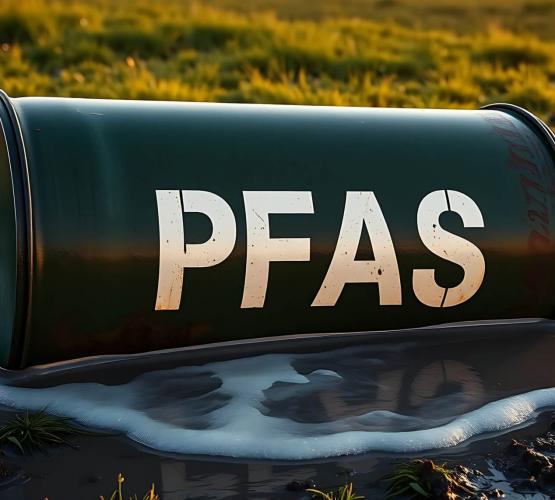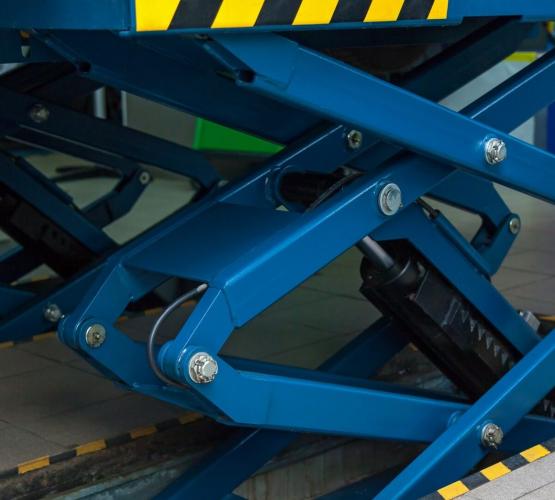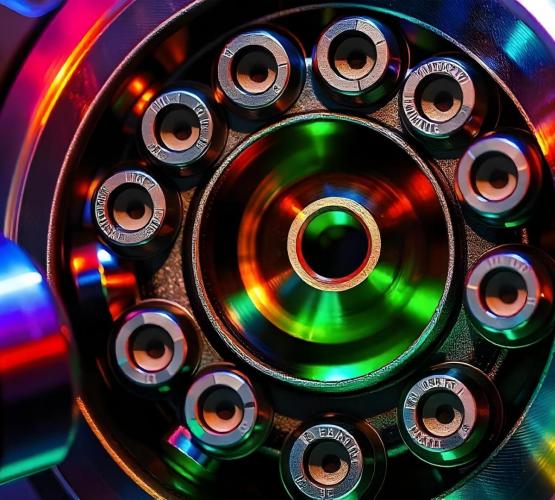
Plain Sliding Bearings and Spherical Plain Bearings. A Comprehensive Guide
Introduction
Plain sliding bearings and spherical plain bearings are essential components in machinery and engineering systems. These types of bearings operate on the principle of sliding motion, providing a low-friction interface between two surfaces. This comprehensive guide explores the various types of plain sliding bearings, delves into the intricacies of spherical plain bearings, and discusses their diverse applications across industries.
Plain Sliding Bearings
Plain sliding bearings, also known as plain bearings or bushings, operate on the principle of sliding one surface against another. Unlike rolling bearings, they lack rolling elements such as balls or rollers. Instead, these bearings rely on a sliding interface, often lubricated, to reduce friction and facilitate smooth movement. Various types of plain sliding bearings cater to different applications and operating conditions.
Sleeve Bearings
Sleeve bearings are a common subtype of plain sliding beariings. They consist of a cylindrical sleeve, typically made of materials like bronze or steel, that encases a shaft. The inner surface of the sleeve and the outer surface of the shaft create the sliding interface. These bearings are often used in applications with moderate loads and speeds.
Design and Construction
Sleeve bearings are relatively simple in design, comprising a cylindrical sleeve and a shaft. The sleeve can be made of materials such as bronze, which offers good wear resistance and compatibility with various lubricants. Some sleeve bearings may also have flanges or grooves to enhance lubricant retention and improve performance.
Applications
Sleeve bearings find applications in a wide range of machinery, including electric motors, fans, and pumps. Their simplicity and cost-effectiveness make them suitable for situations where moderate precision and load-bearing capacity are required.
Thrust Bearings
Thrust bearings are designed to support axial loads, making them suitable for applications where forces act parallel to the shaft's axis. They come in various configurations, such as flat bearings and tilt pad bearings, each tailored to specific operational requirements.
Flat Bearings
Flat bearings, also known as thrust washers, are simple thrust bearing components with a flat surface. They are often used in conjunction with other bearing types to support axial loads.
Tilt Pad Bearings
Tilt pad bearings consist of multiple pads or segments that can tilt to accommodate varying loads. These bearings are commonly found in high speed rotating machinery, such as turbines and compressors.
Journal Bearings
Journal bearings, also called plain journal bearings, are deigned to support radial loads. They have a cylindrical shape and provide support to rotating shafts, allowing them to rotate smoothly. Journal bearings are prevalent in various industrial applications.
Lubrication Methods
Lubrication is crucial for the proper functioning of journal bearings. Various lubrication methods, including hydrodynamic lubrication and hydrostatic lubrication, are employed to reduce friction and wear.
Applications
Journal bearings are widely used in rotating machinery such as engines, turbines, and gearboxes. Their ability to support radial loads makes them indispensable in situations where radial forces predominate.
Spherical Plain Bearings
Spherical plain bearings, also known as spherical bearings or spherical rod ends, offer versatility in accommodating misalignment and oscillating movements. These bearings have a spherical inner and outer ring, allowing them to handle angular misalignment more effectively than other types of bearings.
Construction of Spherical Plain Bearings
Spherical plain bearings consist of an inner ring with an outer sphere and an outer ring with an inner sphere. The inner and outer rings may have different materials, and the sliding interface is often lined with materials like PTFE (polytetrafluoroethylene) for improved lubrication and wear resistance.
Inner and Outer Rings
The inner and outer rings of spherical plain bearings are typically made of steel or other alloys with high strength and durability. The inner ring connects to the shaft, while the outer ring is mounted in the surrounding structure.
Sliding Interface
To enhance the sliding capabilities, the spherical plain bearing's inner and outer rings are separated by a layer of lubricating material. This material, often PTFE, reduces friction and allows the bearing to accommodate misalignment and oscillating movements.
Applications of Spherical Plain Bearings
Spherical plain bearings find applications in various industries due to their ability to handle complex movements and loads. The following are common applications:
- Automotive Industry. In the automotive sector, spherical plain bearings are used in suspension systems, steering linkages, and other components that experience dynamic loads and movements.
- Aerospace Applications. Sperical plain bearings are vital in aerospace applications where they support moving parts in aircraft landing gear, control surfaces, and engine components.
- Industrial Machinery. In industrial machinery, spherical plain bearings are employed in conveyor systems, robotics, and other equipment requiring reliable movement under varying conditions.
- Construction and Heavy Equipment. The construction industry relies on spherical plain bearings for applications such as crane swivels, excavator joints, and other heavy equipment components subject to constant movement and loading.
Advantages of Spherical Plain Bearings
The versatility and adaptability of spherical plain bearings contribute to their widespread use. Some key advantages include:
- Misalignment Compensation. Spherical plain bearings can accommodate misalignment, reducing stress on adjacent components and prolonging the bearing's life.
- Oscillating Movement. The ability to handle oscillating movements makes spherical plain bearings suitable for applications where traditional bearings may fail.
- Heavy Load Capacity. Spherical plain bearings are capable of supporting heavy loads, making them suitable for demanding industrial and automotive applications.
Conclusion
This article has provided an in-depth exploration of plain sliding bearings and spherical plain bearings, shedding light on their designs, applications, and advantages. The versatility of these bearings makes them indispensable in various industries, contributing to the smooth and efficient operation of machinery and equipment.
In the upcoming articles, we will delve further into specific types of plain sliding bearings, examining their unique characteristics and applications. Stay tuned for a detailed exploration of sleeve bearings, thrust bearings, and journal bearings, as well as a deeper dive into advanced topics such as materials, lubrication, and maintenance considerations.


